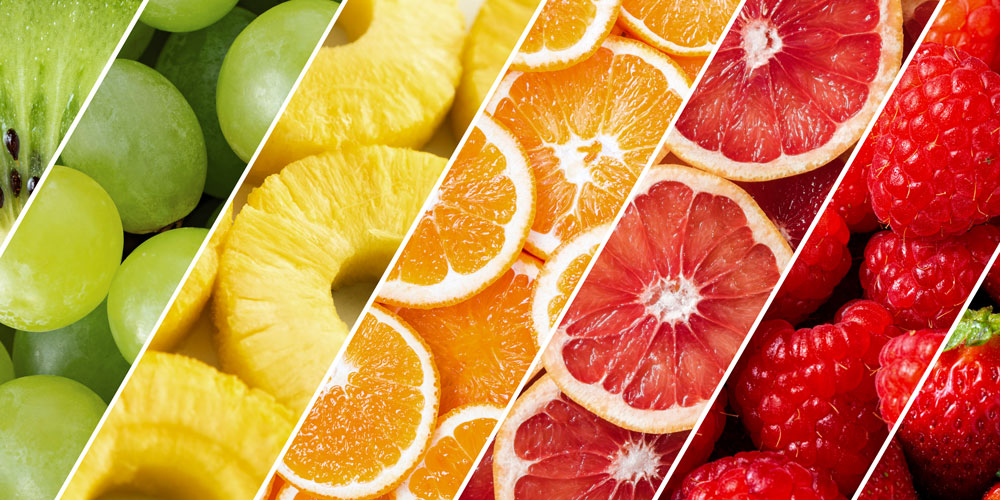Eating a colorful variety of fruits and vegetables is one of the best ways to nourish the body and support overall health. Each color in the produce spectrum—red, orange, yellow, green, blue, purple, and white—represents a unique blend of vitamins, minerals, antioxidants, and phytonutrients essential for optimal functioning. This approach, often referred to as “eating the rainbow,” ensures that the body receives a broad array of nutrients that work together to protect and strengthen it in numerous ways.

Red fruits and vegetables, such as tomatoes, strawberries, and bell peppers, are rich in antioxidants like lycopene and anthocyanins. These nutrients are known to support heart health, reduce inflammation, and contribute to healthy skin. Orange and yellow produce, like carrots, sweet potatoes, and citrus fruits, are high in beta-carotene and vitamin C, supporting immune health and aiding in vision and skin repair.
Green vegetables, such as spinach, broccoli, and kale, are packed with chlorophyll, folate, and fiber, which help detoxify the body and aid in digestion. Blue and purple fruits and vegetables, such as blueberries, eggplants, and grapes, contain powerful antioxidants like anthocyanins, which have been linked to improved brain function and a lower risk of heart disease. Finally, white produce like garlic, onions, and cauliflower contain allicin and quercetin, which are beneficial for heart health and may have anti-inflammatory effects.
Each color group contributes distinct and overlapping benefits, offering a balanced approach to health and wellness. By eating a colorful array of fruits and vegetables, individuals can optimize their intake of essential nutrients, support immune health, and reduce the risk of chronic diseases.

Discover the Health Benefits of Popular Nuts
Nuts are more than just a tasty snack—they’re packed with essential nutrients that promote overall wellness. From almonds to walnuts,...

Fruit Juice: A Refreshing and Nutritious Beverage
Fruit juice has long been regarded as a delicious and convenient way to add essential nutrients to our diet while...

Industrial Drying of Fruits and Vegetables
Preserving seasonal fruits and vegetables on an industrial scale requires efficient and reliable methods to meet the demands of modern...

Boost Immunity with Powerful Fruits & Veggies
Eating fruits and vegetables rich in vitamins, minerals, and antioxidants is a natural way to support your immune system. Certain...

Fruits and Vegetables in Global Cuisine
Fruits and vegetables are the cornerstone of culinary traditions worldwide. Their diversity in flavor, texture, and color allows them to...

Dried Fruit a Delicious and Nutritious Snack
Dried fruit, a delightful and convenient snack, offers a burst of flavor and a dose of essential nutrients. Whether enjoyed...

The Art of Freeze-Drying Fruit
Freeze-drying, or lyophilization, is a preservation method that removes water from fruit while retaining its original structure, flavor, color, and...

